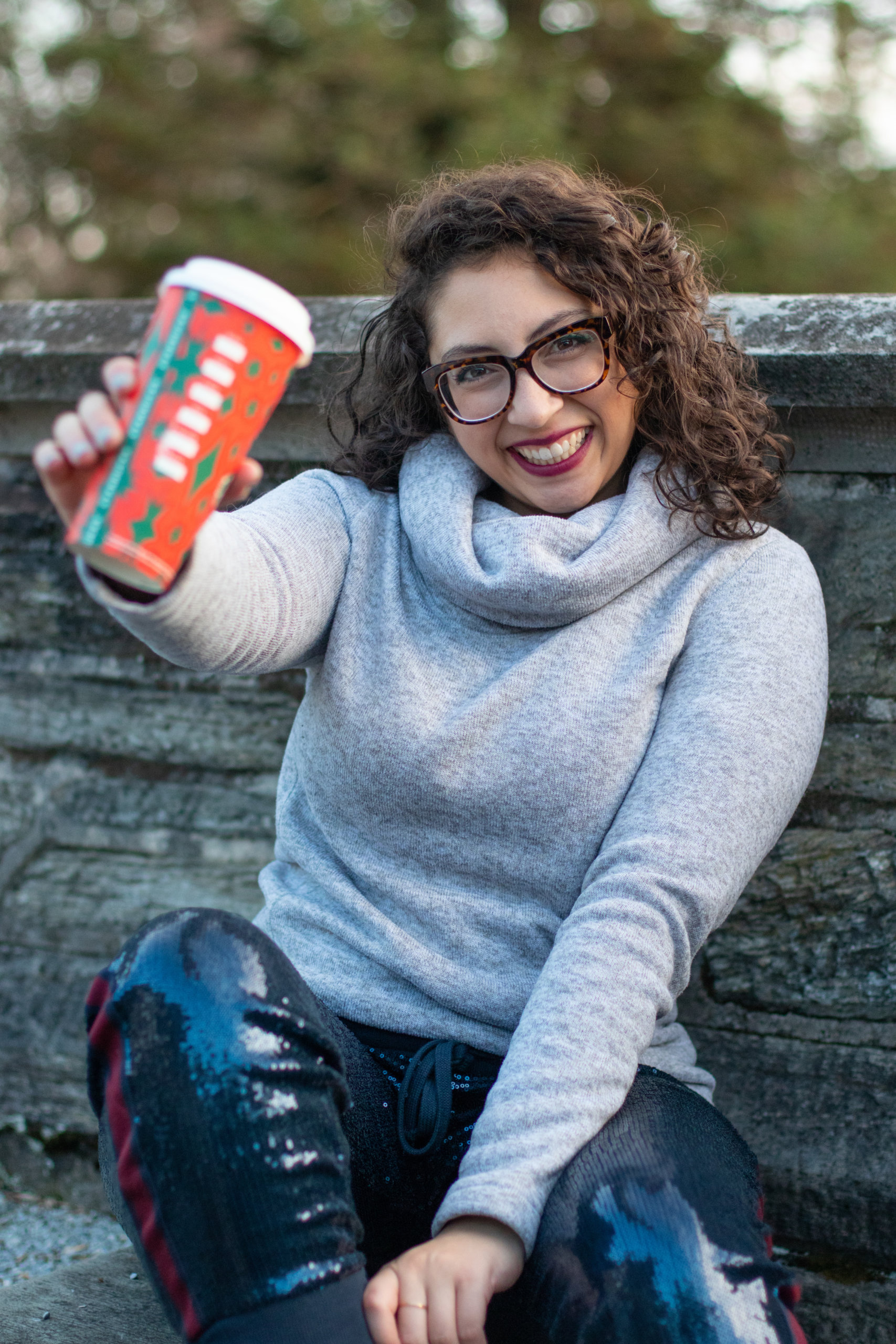
The Blog
Different Types of Natural Light for Better Photos
January 26, 2022
Table of Contents
Share on Social Media!
When you’re thinking about taking better photographs, you probably think about things like composition and background and posing. All of these things are important, but, in most circumstances, the key to taking better photographs is better light. This post is going to explain the different types of outdoor light, so you can start to identify them on site. Other posts will talk about choices that will help ensure better light and how to shoot in these situations, but, for right now, just worry about identifying the lighting situation you have in front of you.
Different Types of Natural Light – Harsh/Bright Light
Think of a summer afternoon with no clouds. Did you automatically squint your eyes a little bit? If so, that’s harsh or bright light. Harsh light means bright highlights, severe shadows, and overly vibrant colors. There are ways to somewhat mitigate these effects of harsh light, which we will get into in another post. But look at the photo of Cailin below. Underneath her chin you can see shadows from her head and her arm. You can also see her shadow on the wooden slats. You can also see a bright highlight on her forehead and parts of her arms. The green metal fence and the green vegetation in the back also draw your eye right to them.

In the photo of Matt and Dean below, you can get a better idea of the contrast between harsh light and soft light. (See the explanation of soft light below.) The bright light makes the leaves on trees extremely yellow and very bright. The white areas on the buildings beyond them are also very bright, almost blown out. It is worth noting that areas that bright and white don’t retain the details very well. Even if you brought the brightness/exposure/highlights way down, you wouldn’t find the details of the building, it would just be gray.

Different Types of Natural Light – Soft Light
Think about the light on a cloudy day. Instead of the sun lighting up certain areas, the light is much more even. Soft light can either be caused by weather (think clouds), time of day (as the sun is rising or setting), or you can use elements around you to create soft light. We will discuss all of this in a future blog post, but, for right now, work to recognize why this photo looks different than the one of Cailin above. Or even the one of Matt and Dean. See how different the greens look in the background. How the light on Z’s skin is pretty much the same, unlike in the photo of Cailin. This is the type of light we are always striving for.

Different Types of Natural Light – Golden Hour
Have you ever been outside towards the end of the day and everything has a glowing, yellow look to it? If so, then you know that golden hour is basically soft light dialed all the way up. Look at the sidewalk around Olivia’s feet in the photo below. You can see patches of bright light, but they are nowhere near as harsh as the bright spots in the photo of Cailin or of Matt and Dean. You can also see some of the glowing light around her hair and caught in the bottom of her flowing wrap. Keep in mind that the actual golden-ness of golden hour does vary, but you will always get soft light at this time of day – it just may not be super yellow. (If you have questions about scheduling to maximize golden hour – read my blog post here all about it!)

Before we start worrying about how you create lighting situations (or deal with the ones you’re stuck with), I want you to just start identifying different lighting situations as you move through the world. It sounds so silly, but being able to quickly (and correctly) identify what type you have is the basis for improving your photography. It is similar to being able to look at project and knowing which tool you need to complete it. Good luck and start keeping an eye out for different types of light!
